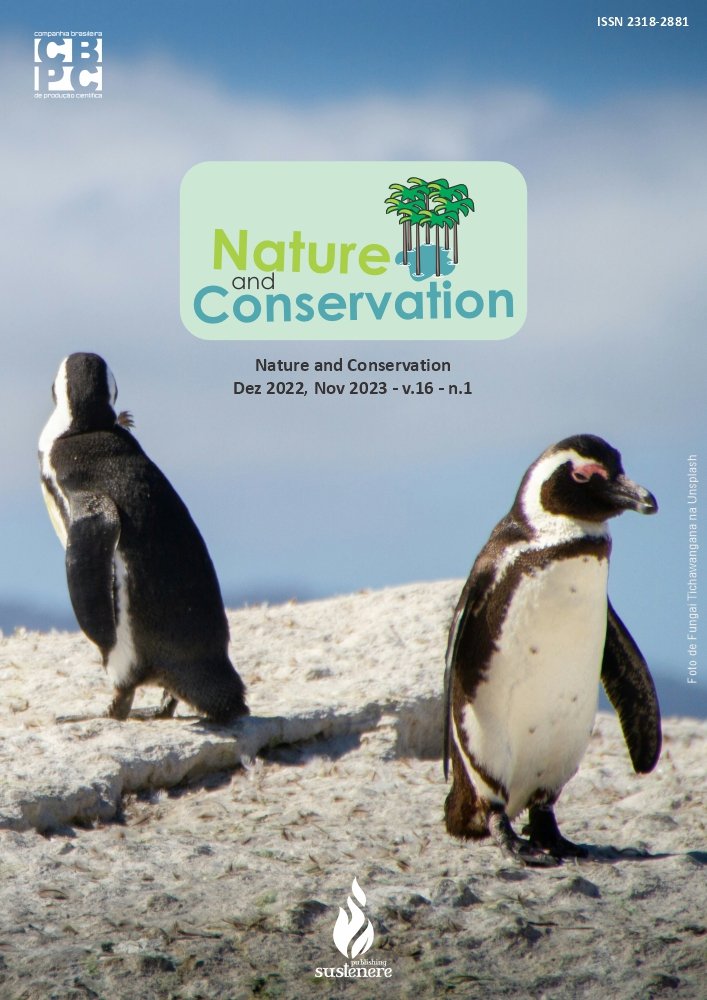Gravity ultrafiltration as an alternative for point-of-use water treatment: a review
DOI:
https://doi.org/10.6008/CBPC2179-6858.2022.005.0009Keywords:
Gravity ultrafiltration, POU, Organic microcontaminantsAbstract
With the large amount of water contained in the world's supply to the supply of a large amount of human beings, the ingestion of a large amount of substances, the addition of endocrine substances, among other ingredients, the ingestion in graves problems in human health. As the majority of the population that does not have treated water is concentrated in distant or sparsely populated regions, the supply by water companies becomes inaccessible, as well as technologies for water treatment at the point of use (POU) show up. attractive and viable. Among POUs as POUs, gravity comes from a series of care, pressure removal, maintenance and maintenance of the biofilm, flow stabilization and improvements in permeate quality. Therefore, the present work seeks to present a gravity ultrafiltration technology as an alternative for water treatment at the point of use. Data collection for the present survey of studies was carried out from the survey of studies in academic research, related to the theme "Use of gravity filtration membrane for water treatment at the point of use", including articles published in the period 2009 - 2021. As a database for use (WOS), Google of Science, Scopos and PubMed. A total of 127 articles were contemplated, of which 15 were selected, due to their research for research. It was possible to verify the process of this ultrafiltration research presents excellent results in the removal of microorganisms and organic microcontaminants present in filtered water for human consumption. The biofilm formed on the membrane is also of great importance, since it considerably improves the quality of the permeate through its biological composition. Gravity ultrafiltration technology proved to be a good alternative for the decentralized treatment of water, presenting itself as a simple, modern and accessible alternative, mainly directed to waters that do not ingest treated.
Downloads
Downloads
Published
Issue
Section
License
Copyright (c) 2022 Ibero-American Journal of Environmental Sciences

This work is licensed under a Creative Commons Attribution-NonCommercial-NoDerivatives 4.0 International License.
The CBPC - Companhia Brasileira de Produção Científica (Brazil CNPJ: 11.221.422/0001-03) the material rights of the published works. The rights relate to the publication of the work anywhere in the world, including rights to renewals, expansions and dissemination of the contribution, as well as other subsidiary rights. All electronically published works may subsequently be published in printed collections under the coordination of this company and / or its partners. The authors preserve the copyright, but are not allowed to publish the contribution in another medium, printed or digital, in Portuguese or in translation.









